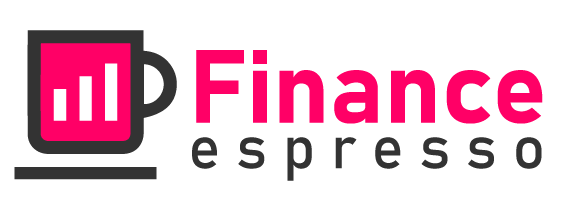Understanding the Basics of a Personal Loan
A personal loan is an unsecured loan that is designed to help fund large purchases, such as major home improvements, college tuition, medical bills, and debt consolidation. If you are considering applying for a personal loan, it is important to understand the basics of how they work and the associated costs.
Qualifying for a Personal Loan
In order to qualify for a personal loan, you typically must have a good credit score and a low debt-to-income (DTI) ratio. Your credit score is a three-digit number between 300 and 850 that reflects your creditworthiness. The higher your score, the better terms you can get on a personal loan. Your DTI ratio is a comparison of your total monthly debts to your gross monthly income. Lenders view a low DTI ratio as a sign of financial stability, since it means you have enough money to pay your bills and make your loan payments.
Applying for a Personal Loan
Typically, you can start the application process for a personal loan either online or in person at a bank. When applying for a personal loan, you will typically need to provide some basic personal information, such as your name, address, contact information, and Social Security number. Additionally, you’ll likely need to provide details about your income, employment status, and assets. Most lenders will also require at least one form of identification, such as a driver’s license or passport.
Interest Rates and Fees
When you apply for a personal loan, the lender will review your credit score and set the interest rate for your loan. The interest rate will vary depending on your credit score, the length of the loan, and the amount you’re borrowing. In general, personal loans often come with higher interest rates than secured loans, such as car loans or mortgages. Additionally, many lenders charge an origination fee, which is a percentage of the loan amount that goes to the lender as a processing fee.
Repaying Your Loan
When you take out a personal loan, you typically agree to a repayment plan with the lender. Repayment plans come in a variety of shapes and sizes, ranging from twelve months to five years. Typically, personal loans require fixed monthly payments, meaning that your monthly payments will stay the same until you have completed your repayment plan. If you have the ability to make prepayment on the loan, you can save money on interest.
Getting a Personal Loan
If you’re looking to finance a large purchase or consolidate debt, a personal loan can be a great option. Before you sign up for a loan, make sure you understand all of the associated costs, including interest rates and fees. For more information about personal loans, visit this site and explore the available options.

